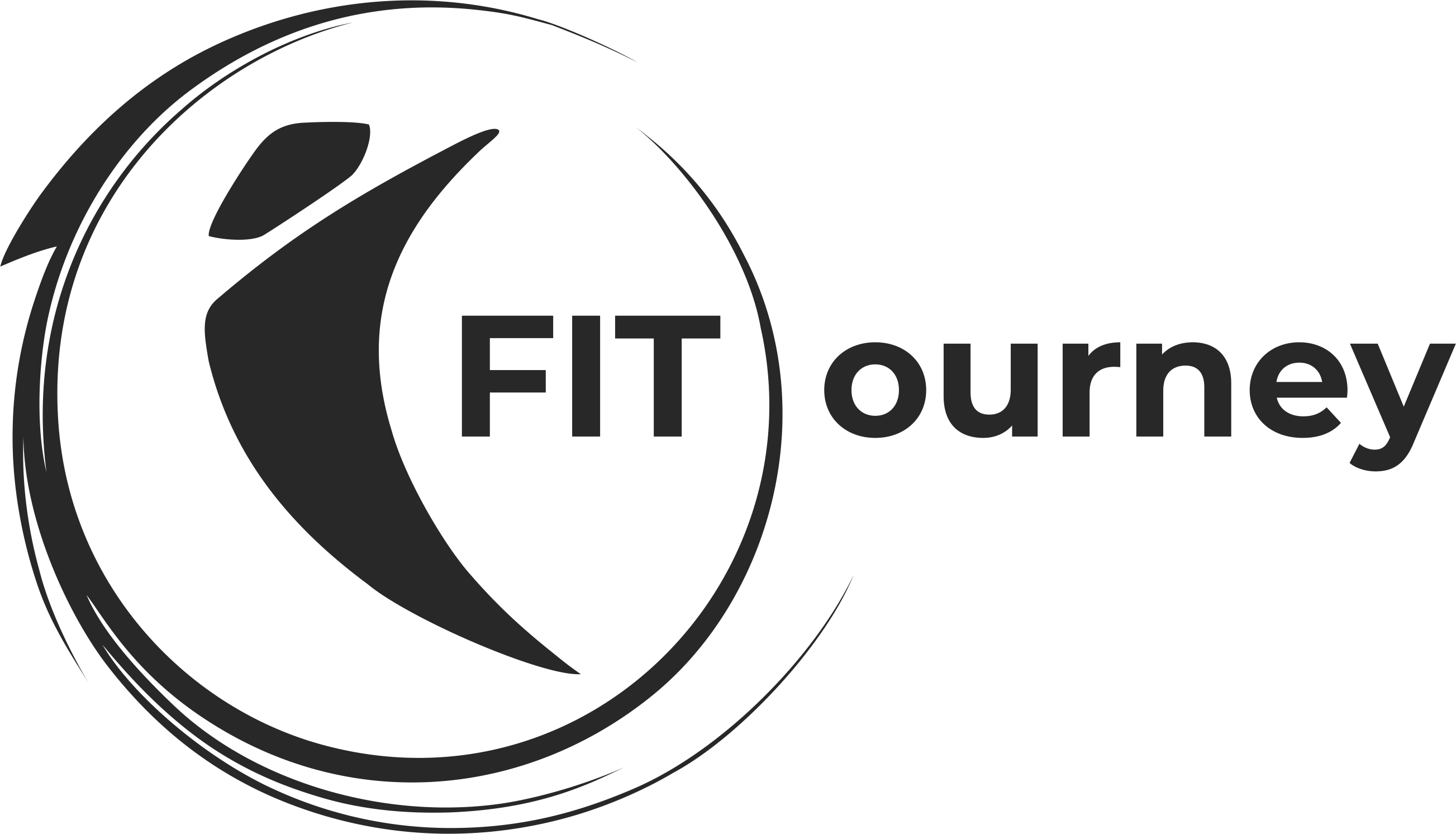While most of us understand the importance of exercise in daily life, we often find excuses for not exercising regularly. Unless you have a physically active job, maintaining a dedicated workout routine is essential for staying fit at all times.
Many individuals struggle with time constraints and have limited availability for regular exercise. If you can relate to this situation, it might be the perfect time for you to try high-intensity interval training (HIIT).
What is (HIIT) high-intensity interval training?
HIIT is a training method that involves repeatedly short bursts of high-intensity exercises with short rest times.
This type of training is ideal for those who have limited time for exercise.
With just 10-30 minutes, anyone can perform a HIIT workout.
Even a short period of HIIT is enough to give similar health benefits as a moderate-intensity workout gives.
Exercises like Jogging, sprinting, cycling, skipping, elliptical and other body-weight exercises are excellent examples of exercises that can be performed in the HIIT format.
For instance, a HIIT workout could involve sprinting at a faster pace for 30 seconds, followed by a normal speed walk for several minutes.
This cycle of sprinting followed by walking is considered as one set of HIIT, and you would have to complete 4-5 sets in one workout.
HIIT not only offers the advantages of a longer workout duration in a shorter time but also provides several health benefits.
Advantages of HIIT:
- HIIT helps to improve cardiovascular endurance. Good cardiovascular health keeps you away from several heart diseases.
- HIIT helps to burn a significant amount of calories in a shorter period of time.
- HIIT helps boost metabolism. Performing high-intensity exercises for a shorter period of time elevates the metabolism and hence, helps to burn extra calories even after finishing a workout.
- HIIT also helps to improve oxygen consumption. Oxygen consumption means the amount of oxygen used by muscles. Cardiovascular exercises like brisk walking, jogging, cycling etc at a steady pace for a longer duration are considered good to get higher oxygen consumption. The study says that HIIT gives the same result in a shorter time.
- We need the aerobic and anaerobic capacity to perform daily tasks easily. HIIT helps to improve both aerobic and anaerobic performance.
- HIIT helps you to lose fat. A higher amount of calories burned leads you to a stage of fat loss. HIIT burns a good amount of calories in a short period of time.
How to implement HIIT?
There are several ways to implement HIIT in your exercise routine. You just need to choose an activity (jogging, cycling, skipping). After choosing an activity, you can start experimenting with different duration of exercises and resting, or how long you want to perform the exercise and how long time you want to recover.
Things to keep in your mind:
- Choose an exercise you are familiar with.
- Don’t forget to perform mobility drills or warm up properly before starting the exercise.
- Before choosing any exercise, consider your joint pain or discomfort. For example, choose cycling or elliptical if you are dealing with knee pain as it puts less impact on your knee.
- Take a longer recovery period. It improves the overall quality of your HIIT workout.
- Performing stretches post-exercise is necessary. Stretching helps to reduce muscle soreness and improves flexibility.
Example of HIIT:
- After completing a warm-up for jogging, start sprinting for 20-30 seconds. Then walk for 2 minutes. Repeat this format for 15-20 minutes.
- Perform fast jump squats for 30 seconds. Then stand or walk for 2 minutes. Repeat this format for 15-20 minutes.
These examples provide a starting point, and you can customize your routine based on your preferences and fitness level.

